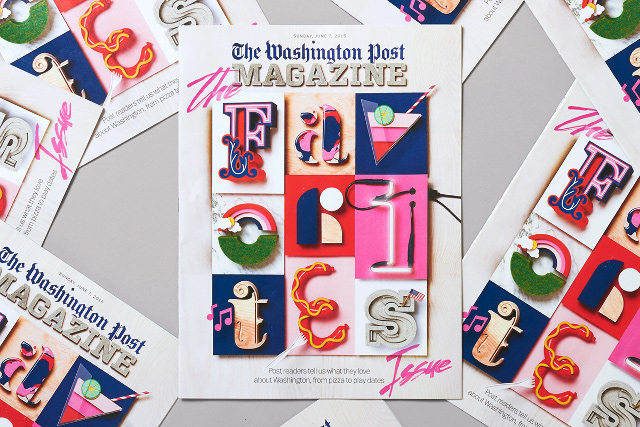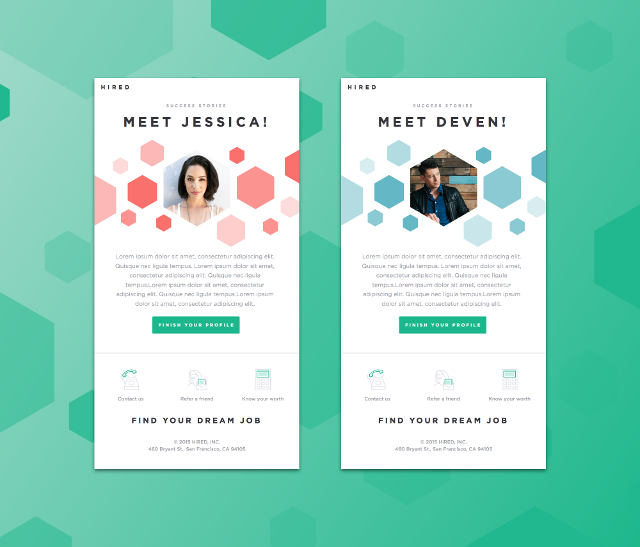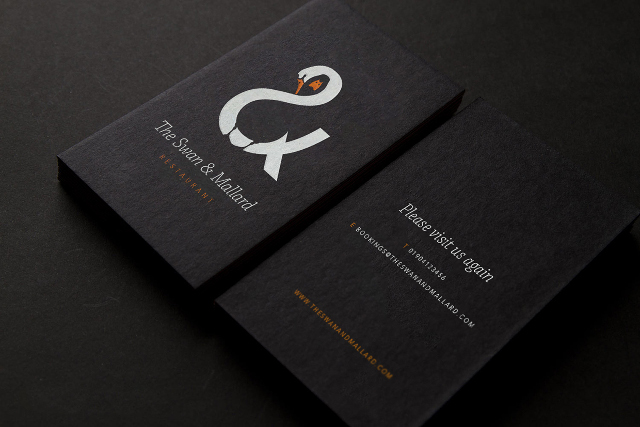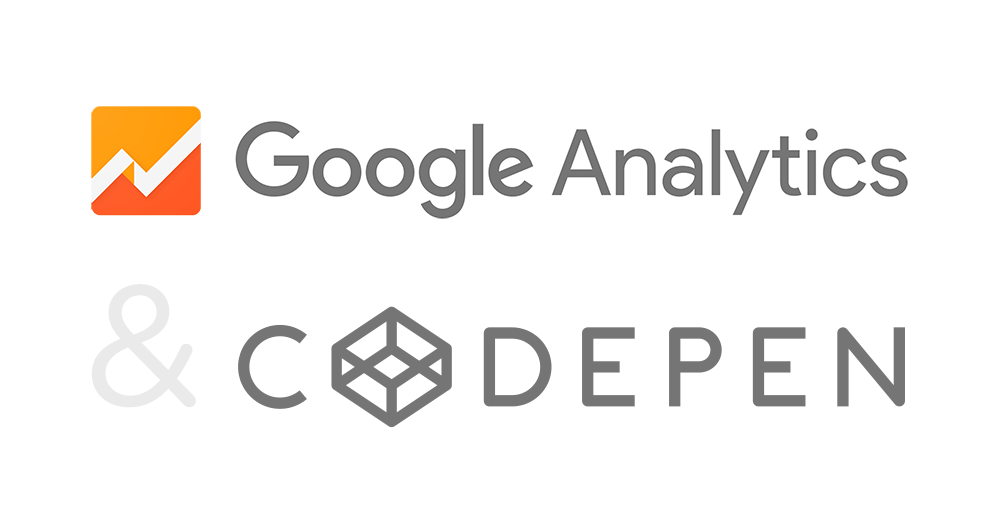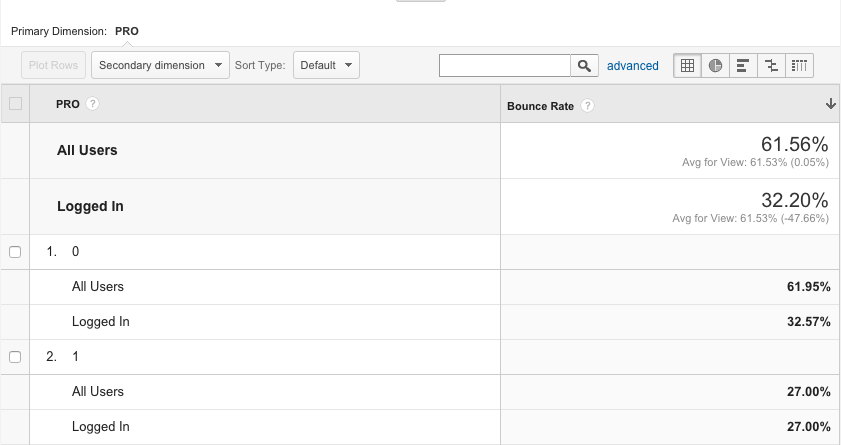40 Premium Responsive WordPress Themes to Opt for in 2016
Picking a responsive WordPress theme for your personal blog is an exciting activity, mostly because no one is controlling you. You can try out different designs and change some design elements at your own discretion. But if you have to redesign a corporate website you can’t just switch off an official website of a Fortune 500 company in order to replace the social media buttons. In this case you should plan everything in advance. This applies to any commercial website, even for a personal site, if it’s established, and makes profit. That’s why, if you want to create a profitable website, you need a sustainable template with a modern design, so you won’t have to refresh its look for a long time. Also, it should necessarily be responsive and mobile-friendly for the convenience of mobile users (their number is growing every year).
Since many websites are being powered by WordPress, we’ve decided to make things simpler for you, and have created a list of 40 top-notch premium responsive WordPress themes suitable for almost any possible topic.
If that’s not enough for you, check out one of the largest collections of premium WordPress themes on the web.
But first, let’s see what we’ve picked for you.
***
1. Supreme
Supreme is a next generation responsive WordPress theme for fashion-related websites. Its features include built-in sliders, background videos, integrated interactive maps, and complex customizable mega menus. It also boasts four gallery layouts. Supreme looks clean and neutral, so it will be a breeze for you to adjust its design to your brand’s general style.
2. FinAdvision
FinAdvision is one of those WP themes, which are ready to use out of the box. Besides the smart layout of the homepage, it boasts a large number of readymade pages designed for various purposes. If you are a solopreneur, who deals with finances, SEO, marketing, and such, this theme is for you.
3. SM Consulting
SM Consulting is a bright, colorful responsive WordPress theme for marketing agencies. With predesigned pricing tables, newsletter subscription forms, and testimonials it is a universal solution for many kinds of businesses.
4. Plumbing Co.
Plumbing Co has been developed specifically for maintenance companies to add some color to their overly run-of-the-mill business. The layout of this responsive WordPress theme may look simple, but the multicolored progress bars and call-to-action buttons are sure to grab the attention of your visitors.
5. IT Company
This responsive and mobile-friendly WordPress theme with flat design is much more beautiful in action, than appears in the screenshots. That’s why you should check out its live demo. It has been created for modern IT companies, for whom the lion’s share of success depends on the design of their websites. This theme is based on flat design, and features large illustration-based sliders of extraordinary shapes.
6. Handyman
Handyman is a vintage-looking WordPress theme with modern functionality under the hood. It is based on Cherry Framework 4, which means its code is polished, and the theme itself is compatible with all modern browsers and mobile devices. Handyman is a good choice for interior design and furniture websites.
7. Monstroid
Monstroid, one of the biggest releases in the WordPress world in 2015, is a colossal premium WordPress theme constructed using Cherry Framework 4. It comprises 20+ plugins with independent structure, lots of free child themes, and compatibility with various third-party extensions. This set of features makes it one of the most versatile and flexible themes around.
8. Obrus
Obrus is a responsive WordPress theme with a polished design oriented towards large corporations. It boasts an impressive branded sticky mega menu, dynamic circular progress bars, ghost buttons, and a set of business-oriented page layouts with pre-adjusted elements. Obrus is not that versatile and multi-topic, but it is perfect for the niche for which it has been designed.
9. Fishing Club
Fishing Club is a premium WordPress theme with a lot of advantages. First of all, it is mobile-friendly: not only responsive, but designed with usability on mobile devices in mind. Secondly, it is packed with a number of plugins – native and third-party. And since it’s a theme, it should look neat and stylish – and it does. Fishing Club will be a smart choice for websites dealing with activities, sports and hobbies.
10. Gitex
Gitex is a robust WordPress theme for a wide range of businesses, primarily – financial, marketing, and law. Its structured format is seasoned with modern design techniques: transparency, diagonal lines, parallax scrolling effect for images, and so on. All you need to launch a highly efficient website with Gitex is to upload it to your server, and to replace the sample data with your own content.
11. Design
If you are looking for an utterly unusual design for your WordPress website, this responsive theme may be just the thing. Behind the long scrolling layout of its homepage there are awesome gallery options, possibilities of presenting your creative works, and many more.
12. Hypnosis
Hypnosis is a nice and friendly WordPress theme from the Monstroid inventory. It features an eye pleasing color palette, a touch of material design, easily readable text blocks, and social media options. One more advantage of its simplicity is that this theme is very easy to customize.
13. Houston
Houston is a classy WordPress theme with an incomparable retro look. This theme has been designed as a photographer’s portfolio, but it will appeal to everyone who loves black & white photos and grunge overlay effects.
14. Apartments
Apartments is a truly remarkable WordPress theme for those who are involved in building, selling or renting houses. This image-rich design will be a great online ambassador for your business, thanks to the integrated pages, advanced galleries, and intuitive contact forms.
15. Sky-High
This responsive WordPress theme with unusual typography is intended to become a reliable launching pad for a wide range of creative businesses. Indeed, it is not suitable for websites of classic financial companies, but you won’t find a more memorable design for a design studio, or a marketing company.
16. Real Estate
This exquisite WordPress theme with an image-focused appearance has been designed for real estate agencies. The long scrolling layout of its homepage contains sliders, maps, blocks with company features, masonry gallery previews, and many more. The pull-out sidebar menu is brought up by clicking the hamburger button in the top right corner of the screen.
17. Ice Hockey
To launch a sports-oriented blog or website use this responsive Monstroid WordPress child theme. Its landing page layout allows you to place your call-to-action buttons in the most effective way. This theme is heavy on large image areas with parallax scrolling effect and diagonal borders.
18. Paggani
Paggani is an extremely elegant restaurant WordPress theme with a refined minimalist homepage. When your customers visit your website for the first time, they see an inviting page with nothing but your logo, social media buttons, a minimized menu, and a beautiful page-sized picture in the background.
19. SEO Company
This responsive WordPress theme for SEO companies is a dream for any webmaster. Simple, user-friendly, and clean, it will make a great blog or corporate website. This theme also features an integrated live chat, so you can set up technical support without any trouble.
20. 33 Channel
This WordPress theme is a one-stop shop for media-related business. It provides you with a wide array of tools to display media content: video and audio players, galleries with various layouts, countdowns, etc. The design of this theme is pixel-perfect, so it will be suitable even for large companies.
21. Roof Repair Services
If your aim is to build a trustworthy website for your company, check out this responsive WordPress theme for home repair companies. Its design is enhanced with subtle CSS effects, so your website will look not only professional, but also very dynamic.
22. Pool
Present your business with a splash via this responsive WordPress theme with impressive imagery. It combines all the best visual and functional features of modern website designs, offering you a solid company website template with a catchy look. Although the initial purpose of this theme is to power poor-themed websites, there is no harm if you apply it to a website covering any other topic.
23. Video Online
Video Online is a content-first WordPress theme for video hosting and media-rich blogs. Its compact front page allows you to display as many categories and posts, as you need. The mega menu at the top of the layout makes the navigation easy and intuitive. The visual side of this theme is represented by beautiful slide-in effects and slight shadows.
24. Fine Art
This WordPress theme combines simplicity of layout and beauty of content, giving you a helping hand at creating a robust gallery website. The design is driven by simple geometric shapes, white background, and a large number of images.
25. Little Italy
The layout of this restaurant WordPress theme resembles the one of a flyer: it is narrow, boxed, and strongly focused on call-to-actions. Circular image previews are great for displaying round-shaped food – for example, pizzas. The handwritten typography used for headers and sliders fits the design perfectly.
26. Boutique Consultants Group
This is another well-thought-out WordPress theme for personal websites. The design is simple, but efficient, with compelling call-to-action elements and carefully adjusted testimonials. This theme is designed with the classic combination of black, white and gold colors, stimulating a sense of trust in your visitors.
27. Top Solutions
Top Solutions is designed in metro style using content blocks with semi-transparent layouts of various colors. It is ultra minimalist and incredibly flexible, so you can use it for a website covering almost any possible topic and purpose. This theme has no actual footer: there is a page-wide interactive Google map widget instead.
28. Dating
This unique WordPress theme has been designed and optimized specifically for dating websites. It is visually profound, with lots of CSS-based enhancements such as parallax scrolling, on-hover animations, ghost buttons, etc. Its minimalist, yet informative, menu is minimized into a hamburger button, and appears on click.
29. Gourmet
Gourmet is a delicious WordPress theme for restaurants, online delivery services, and other food-related websites. It features a large background hero image with blur effect, background videos and circular CSS3-powered images. Built with Cherry Framework, this theme is 100% responsive, and compatible with many popular WordPress plugins.
30. Essperto
Essperto is a visually advanced WordPress theme for financial institutions. It has been designed to look good on all screen sizes, making sure that your website satisfies the widest audience. Its flat design allows you to change the color scheme in minutes.
31. Tune Station
If you need a template to present all the advantages of your mobile app, we recommend using this WordPress theme with its sleek responsive design. It has everything enabling you to use it as a landing page, plus some cool functionality to establish a full-featured business website.
32. Frutti Bar
Frutti Bar is a responsive WordPress theme dedicated to organic food. It includes a set of vector illustrations, testimonials, and various forms. The navigation of this theme is powered by a convenient mega menu, which can be customized from the backend of your WordPress website.
33. Alexander
This gorgeous WordPress theme will let you create an online representation of your restaurant in no time. Its old-fashioned background looks surprisingly modern against the impressive high-definition photography. The vintage font with thick stems and ultra thin serifs adds a comfortable feel to the design.
34. PixelStorm
PixelStorm is a multipurpose WordPress theme for creative agencies, game design studios, and other companies dealing with digital art. The all-caps font of its headers is intended to highlight the modern nature of this theme, whereas the nature-inspired image blocks add a handmade look.
35. New Born
This business WordPress theme designed in dark colors will become a sustainable launch pad for your corporate website, web startup, or personal blog. It boasts plenty of image-based content areas, a rich mega footer, and a progressive gallery.
36. Hotel
Hotel is a bright and cheerful responsive WordPress theme for travel websites. Just as with many other themes on this list, it has a sticky mega menu, and image blocks with parallax effect. Its design is additionally enlivened with CSS animations triggered by mouse hover.
37. Communication
Communication is a multipurpose and multi concept WordPress theme with a classic business-oriented structure. It makes use of very large photos, which cover the entire layout of its homepage, except for some content blocks with flat background. It comes shipped with a customizable slider, support of Google fonts, and a number of additional plugins.
38. Hunting
Hunting is a universal WordPress theme with its homepage optimized for newsletter subscription conversion. It has a complex homepage layout, several premade pages, and support of mega menu. In all other terms it is a neatly designed and easily customizable template.
39. Hang Gliding
This responsive WordPress theme with lightweight design is a great way to present your business or event. It includes a Facebook-like timeline, which allows you to display the milestones of your progress in chronological order.
40. Dinosaur Park
You don’t have to own a real Dino park to be able to put this WordPress theme to use. In fact, it is quite multipurpose thanks to the extensive use of images. Just replace them with your own – and you will receive a unique design reflecting the spirit of your company.
***
This was an overview of the most notable responsive WordPress themes that can be used in 2016. Have we missed your website’s unique topic? Let us know – we will definitely find a theme that is suitable for you.
And if your company is not in the Fortune 500 list yet, check out the latest advice for beginner entrepreneurs on StartupHub.
Read More at 40 Premium Responsive WordPress Themes to Opt for in 2016









































